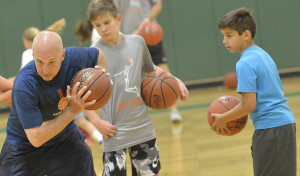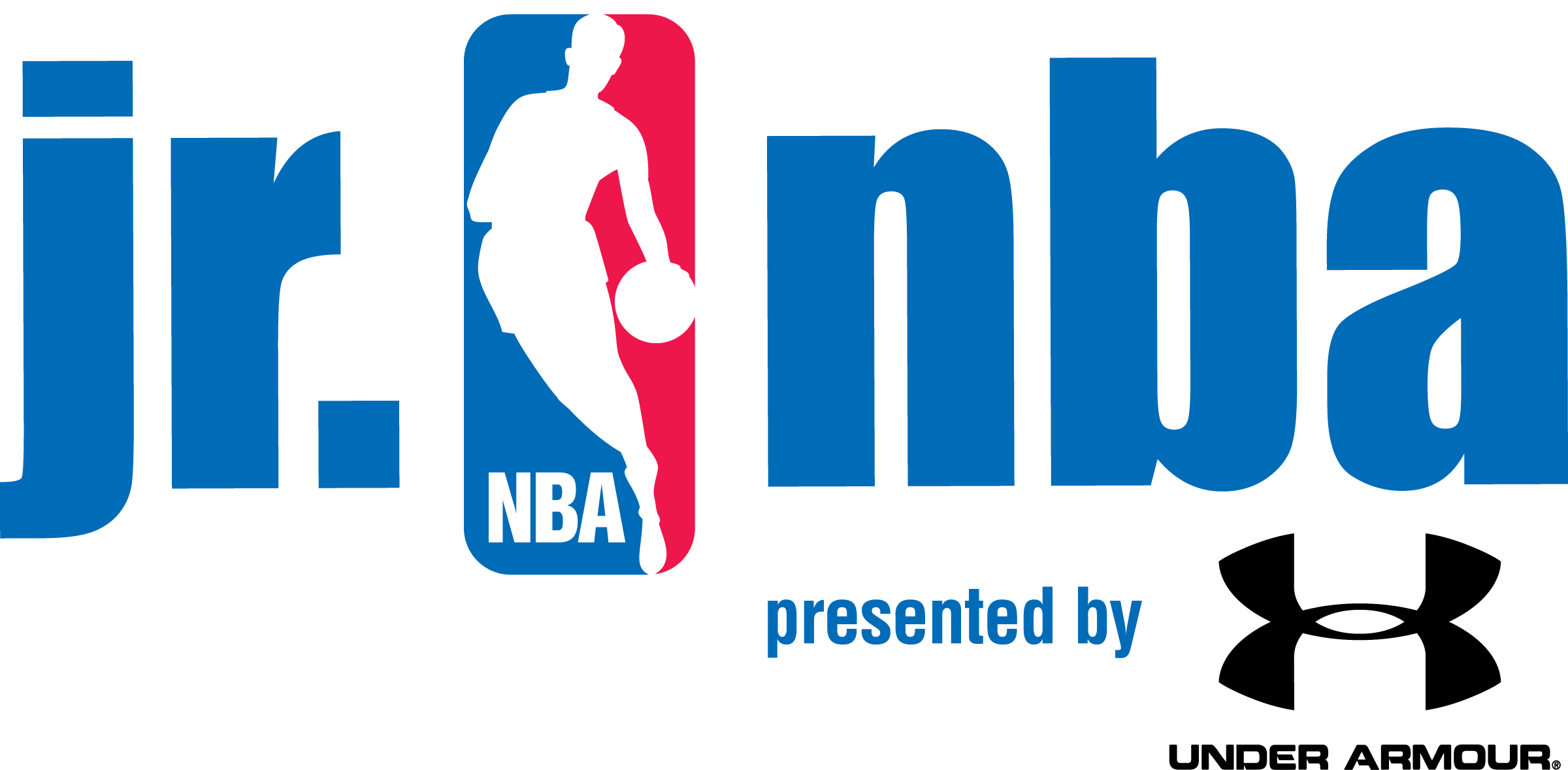
Basketball on the Edge – 7 Tips Players Can Start Using Today To Get Better

Here are some tips that will help you to improve your basketball skill set during team practices, individual skill training sessions, and games.
1. Strive for mastery, it’s not enough to just be “good” at a skill.
If you are “good” at a skill chances are that means you can perform it in isolation during a drill. You might be able to make ten left-handed layups in a row during a layup line drill as a fourth grader. That’s a good start, however to truly master the left handed layup you need to be able to make them in games after beating your man off the dribble and adjusting the shot in the air when the help defender gets in your way. Your ability to execute the skill must become automatic under dynamic, ever-changing conditions. There are a lot of variables during a game (defenders, teammates, score, time) that will require your attention. When you can execute a skill automatically without thinking about it you will have an advantage because you can better focus in on the in-game variables rather than the skill. The bottom line for improvement is this, don’t be satisfied being “good” at something, strive to master it so it becomes automatic and you can execute the skill under any circumstances.
2. Be great at the fundamentals and improve your basketball IQ.
Why is this true? It goes back to the concept from tip #1. If a player has to concentrate on the skill of dribbling the basketball down the court there is no way they can process everything else that is going on out on the court. They won’t see their teammate breaking open under the basket, they won’t know how their defender is guarding them, they won’t be able to see that their teammate is about to screen for them. Too much mental energy is being expended on just dribbling the ball without losing it. A player who is a great dribbler is freed up to focus on the other variables in the game, allowing them to better “see” the game. Players with the best overall skill sets are usually the ones with the highest basketball IQ.
3. Focus on the core skills first.
Sure you may be able to execute a crossover-behind-the-back double move during a practice session with no defense in front of you, but you struggle to execute a hard, low, wide crossover against a defender. Why are you working on three pointers when you can’t make 8 out of ten 15 footers with no one guarding you? The point is, focus on the core skills before you add the fancy, more advanced skills. I spend the first 15-20 minutes of every training session working on form shooting and footwork regardless of the age or skill level of the player. This is a great way to keep the focus on core skills that are the foundation of more advanced techniques. This leads directly into the next tip.
4. Start out shooting close to the basket to build confidence.
Nothing frustrates the coach in me more than watching players tie their shoes, head out onto the court and start jacking up three pointers that have no chance of going in. Start right under the basket focused on form shooting. You’ll build good technique (by practicing the right way), and you’ll build confidence (by seeing the ball go in the basket). Check out these videos to see the series of form shooting drills I use with my players.
5. Track what you do.
You can’t improve what you don’t measure. It’s difficult to determine how much better you are when you don’t record your data from a training session, practice, or game. It may not be possible to get stats from every practice or game, especially if you are a younger player, but you can definitely record the results of your training, even if you only do it once a month or even once every three months. By knowing those numbers you’ll be able to analyze whether your current training regime is working. If it’s not, you can figure out what changes you need to make to improve the effectiveness of your training. If you have access to game stats, even better. That way you’ll be able to tell whether your skill development is transferring to game situations. Ultimately, game performance is what really matters.
6. Have a purpose.
You should know what you want to work on before you even step out onto the court. I see way too many players go through the motions when they could actually be working on their game. Just like a teacher or coach writes a lesson/practice plan you should too. Know what you want to work on and then use drills that work on that skill. Leave improvement to chance and chances are you won’t improve.
7. Feedback drives improvement.
If you are afraid of feedback or don’t want to be criticized constructively, you don’t really want to be great. The only way to learn is understand what you are doing well and where you are making mistakes. That feedback could come from a coach or even better a self-analysis. Mistakes should be corrected immediately. 10 minutes from now you won’t remember what you did or how it felt. Correct the mistake when it happens and you’ll get results. Rewatch this Steph Curry video to hear Alan Stein talk about the first time he saw Steph and how his desire to correct mistakes stood out even among other great players.
Leave us a comment about this post headstartbasketball@usa.net


